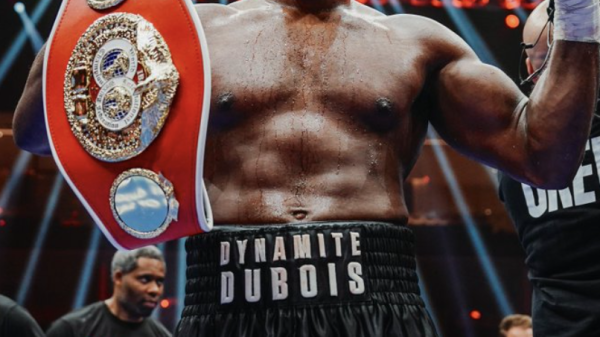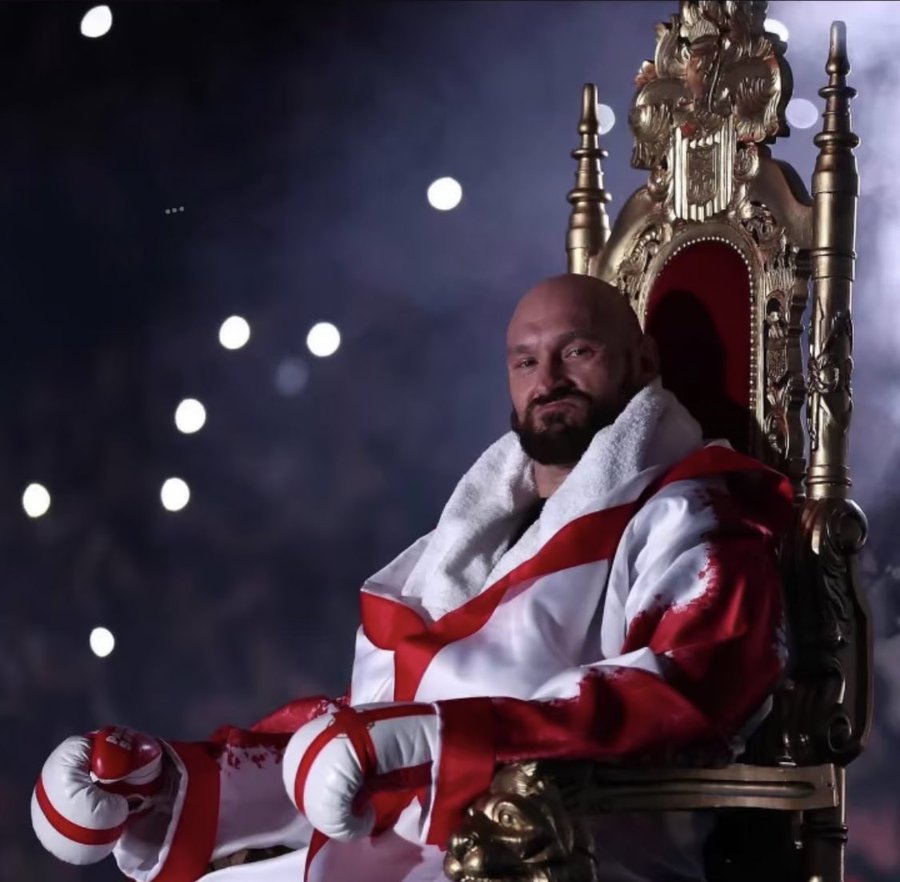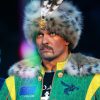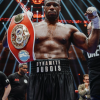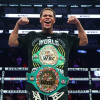by Sean Crose
He’s known as the Golden Boy, but Oscar De La Hoya certainly proved himself to be Mr. Comeback in 2014.
In what has – let’s face it – largely been a disappointing year for fight fans, De La Hoya did something huge, something relevant, something that may well change the course of the sport and perhaps even – gasp! – the general public’s perception of it.
For by taking back the reigns of Golden Boy Promotions, De La Hoya cracked the cold war’s Berlin Wall and positioned himself as a worrisome competitor for Al Haymon’s title of “Most Powerful Man In Boxing.”
Still not impressed? Think back a year ago – heck, make it eight months ago – and ask yourself if you ever dreamed that De La Hoya would come back to being the player he is now.
The recent past had been as rough on De La Hoya as it had been for the sport of boxing. While it’s true that most injuries in both cases were self-inflicted, they still were quite painful and damaging. Indeed, De La Hoya was seen as being a kind of joke, a washed up, inebriated, cross dressing has-been who was allowing his underling, Richard Schaefer, to take control of the enterprise which bared his name.
And there’s no denying that Schaefer, who was most likely in cahoots with Haymon at the time, was running roughshod over the sport. Big fights weren’t being made. Second rate fights were being overhyped and rival promoter Bob Arum of Top Rank was being treated as persona non-grata. Boxing was entering a realm of Haymon mismatches, Showtime joke cards and Schaefer stubbornness. All was far from well.
Then, though, word came, mostly via Twitter messages, that De La Hoya was returning from his self-imposed exile. Truth be told, most analysts didn’t take it all that seriously at first. How could they? De La Hoya had proven himself to be a train wreck. Lots of fallen stars claim to be making a comeback. How many truly do, though?
The answer is not many – not many at all.
De La Hoya, however, proved to be the exception to the rule. He made public appearances at Golden Boy Events events. He showed Schaefer the door. He made peace with Arum.
And he went back to doing business with HBO.

Wow.
All promoters talk big. It’s part of a promoter’s job to. De la Hoya, however, talked big AND acted big in 2014. That’s why it’s good to believe him when he says he wants to make big fights from here on in. The Bernard Hopkins-Sergey Kovalev battle next weekend (which, in this author’s opinion, is the biggest matchup of the year) might just be a taste of things to come.
The bottom line is this – De La Hoya has not only positioned himself as a peacemaker, he’s positioned himself as boxing’s alternative to the mighty Haymon, an “adviser” who seems to be justifiably criticized for an unwillingness to allow competitive matchups to occur. That’s a bold role for De La Hoya to play, especially now that Haymon has collected so many big name fighters. At this point, though, who would be willing to count The Golden Boy out?
Besides, just how big are Haymon’s big names, once Floyd Mayweather eventually – and inevitably – fades from prominence? Canelo Alvarez and Gennady Golovkin are reputed to be the future of the sport, and neither of them are signed with Haymon.
While the United Kingdom has its own crop of headline-making heavyweights named Fury, Chisora, Joshua, and possibly Haye, and continental Europe has stadium-filling heavyweight champion Wladimir Klitschko, Mayweather and Manny Pacquiao are the only household names boxing provides for American audiences at the moment.
Both men are aging, which means the future of the sport, in the USA at least, is wide open.
Will that future belong to De La Hoya? To Haymon? To Arum? To some beneficial combination of the three? No one can tell at the moment.
The future, as always, is cloudy. The present, however, is clear as day – this was the year of De La Hoya.


